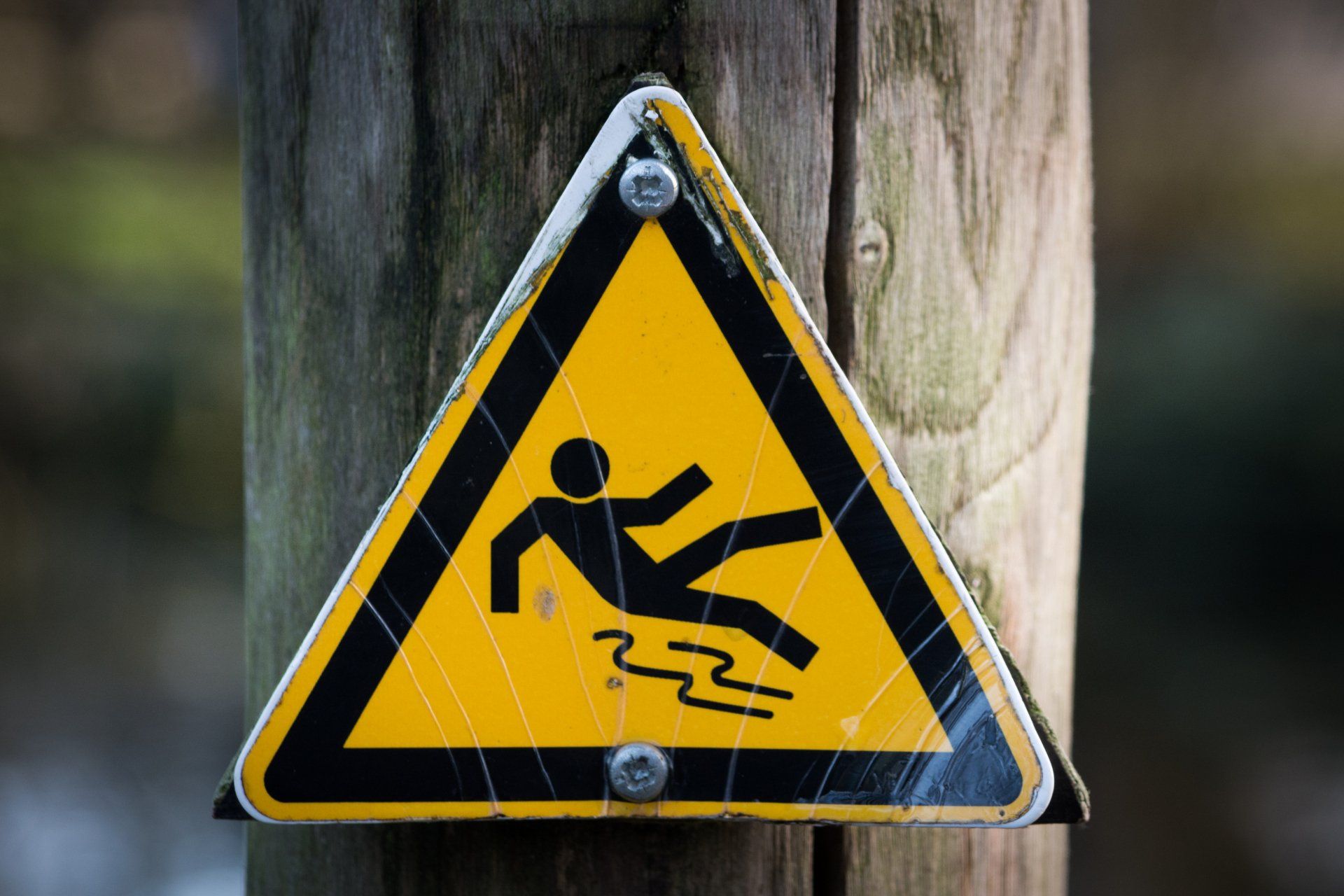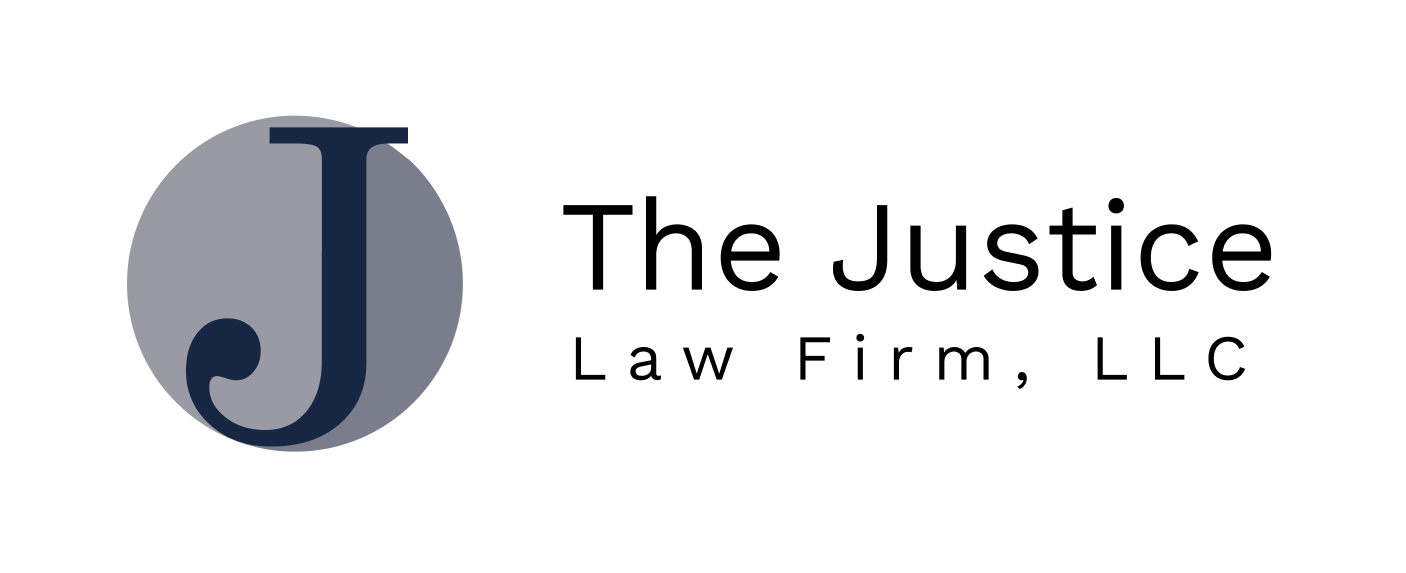Slip/Trip and Fall Lawyer
Alabama Slip and Fall Lawyer (Trip and Fall)

Slip, trip, and fall incidents fall under premises liability law, which holds property owners and occupiers responsible for accidents and injuries that occur on their premises due to unsafe conditions. Here's an overview of key elements and considerations in slip, trip, and fall premises liability cases:
Key Elements of a Slip/Trip and Fall Case
- Duty of Care: Property owners or occupiers owe a duty of care to individuals on their premises. The extent of this duty depends on the status of the visitor:
- Invitees: These are individuals who enter the property for business purposes (e.g., customers in a store). Property owners owe the highest duty of care to invitees, including regular inspections and repairs.
- Licensees: These are social guests or individuals who enter the property for non-commercial purposes. Property owners must warn licensees of known hazards that are not obvious.
- Trespassers: These are individuals who enter the property without permission. The duty owed to trespassers is minimal, typically only to avoid willful or wanton harm.
- Breach of Duty: To prove negligence, it must be shown that the property owner breached their duty of care by failing to maintain the property, repair hazards, or provide adequate warnings.
- Causation: There must be a direct link between the breach of duty and the injury sustained. The hazard must have caused the slip, trip, or fall.
- Damages: The injured party must have suffered actual harm, such as physical injuries, medical expenses, lost wages, or pain and suffering.
Common Hazardous Conditions
- Wet or slippery floors
- Uneven flooring or pavement
- Poor lighting
- Loose rugs or mats
- Obstacles in walkways
- Broken handrails or steps
Legal Defenses in Premises Liability Cases
- Comparative Negligence: The property owner may argue that the injured party was partially responsible for their own injuries. Depending on the jurisdiction, damages may be reduced proportionally to the plaintiff's degree of fault.
- Open and Obvious Doctrine: If the hazard was obvious and should have been avoided by the plaintiff, the property owner might not be held liable.
- Assumption of Risk: If the plaintiff knew about the hazard and voluntarily chose to encounter it, they might not be able to recover damages.
Steps to Take After a Slip/Trip and Fall Accident
- Seek Medical Attention: Immediate medical evaluation is crucial, both for health reasons and to document injuries.
- Report the Incident: Notify the property owner or manager and ensure an incident report is filed.
- Gather Evidence: Take photographs of the scene, gather witness statements, and keep records of medical treatments and expenses.
- Consult an Attorney: Legal advice can help navigate the complexities of premises liability law and determine the viability of a claim.
Conclusion
Slip, trip, and fall cases under premises liability law require a careful examination of the property owner's duty of care, the breach of that duty, causation, and the resulting damages. Understanding these elements is essential for both property owners aiming to minimize liability and injured parties seeking compensation.
If you or someone you know has been injured by a slip and fall or trip and fall, contact The Justice Law Firm, LLC today for a FREE consultation.


